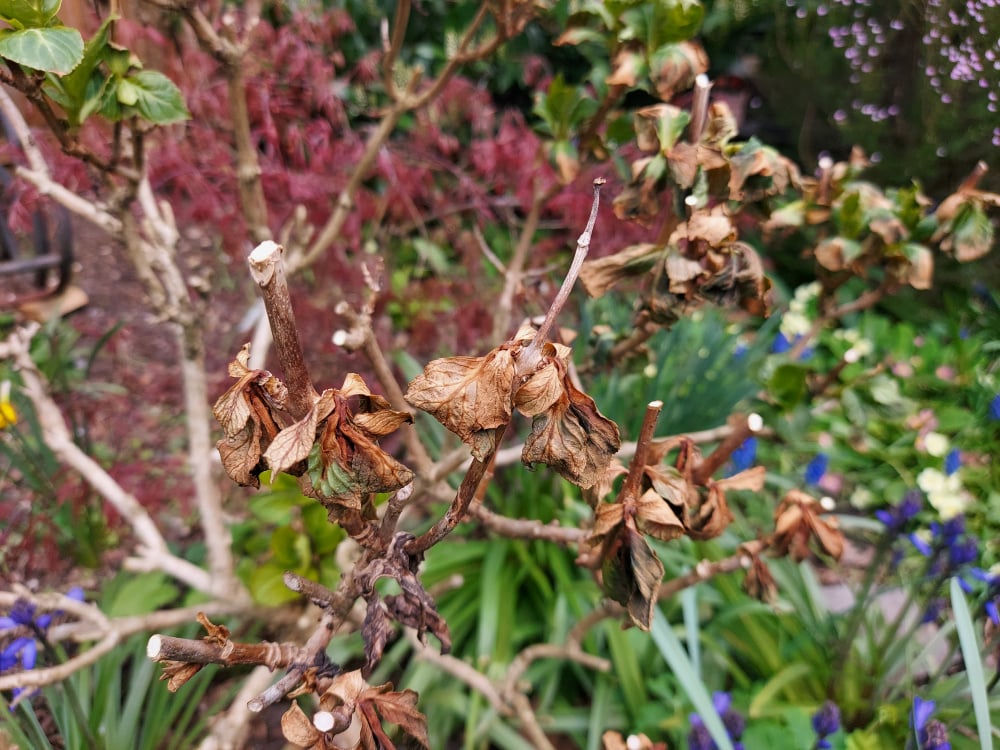This Forum will close on Wednesday 27 March, 2024. Please refer to the announcement on the Discussions page for further detail.
Hydrangea has gone brown in a week.
Hello, a week ago our hydrangea was green and going great guns, now it's brown and looking bad. Is it dying, or dead? Should we prune it, cut it back or leave it?
Thanks!
Thanks!

0
Posts
If the plants hadn't been encouraged by the early warm spell there wouldn't be this problem, but it's something many gardeners have experienced this year.
Gardening in Central Norfolk on improved gritty moraine over chalk ... free-draining.